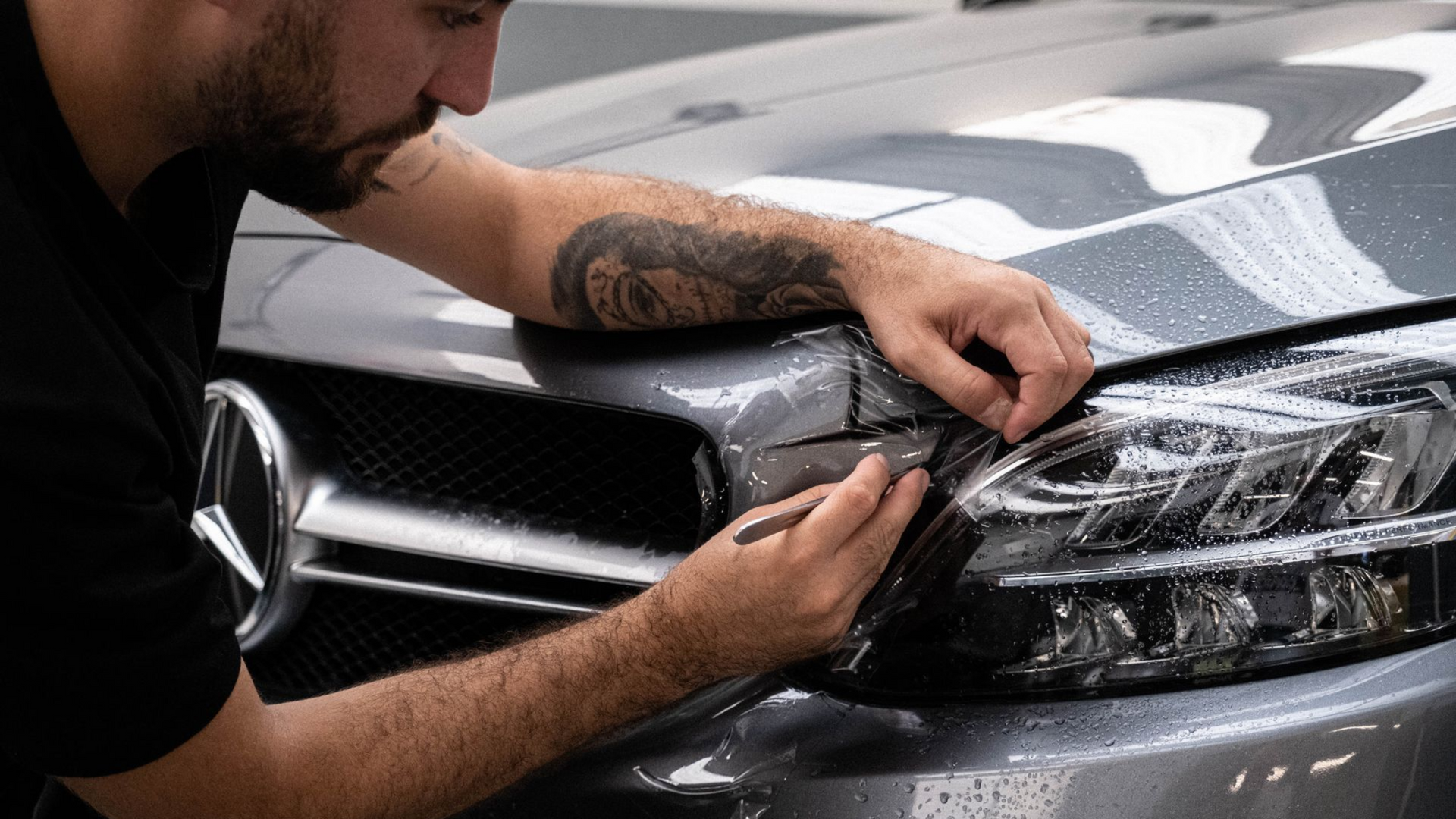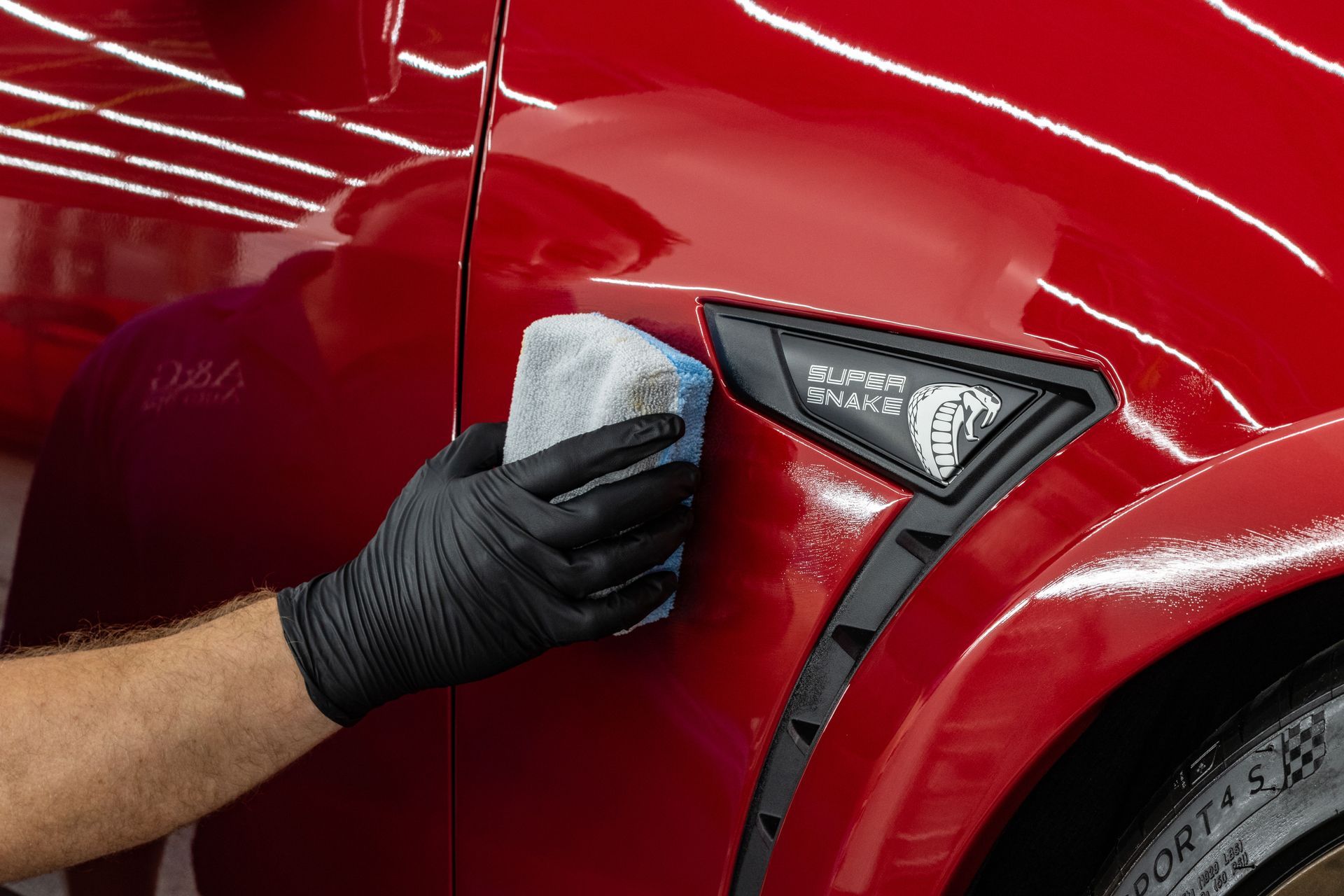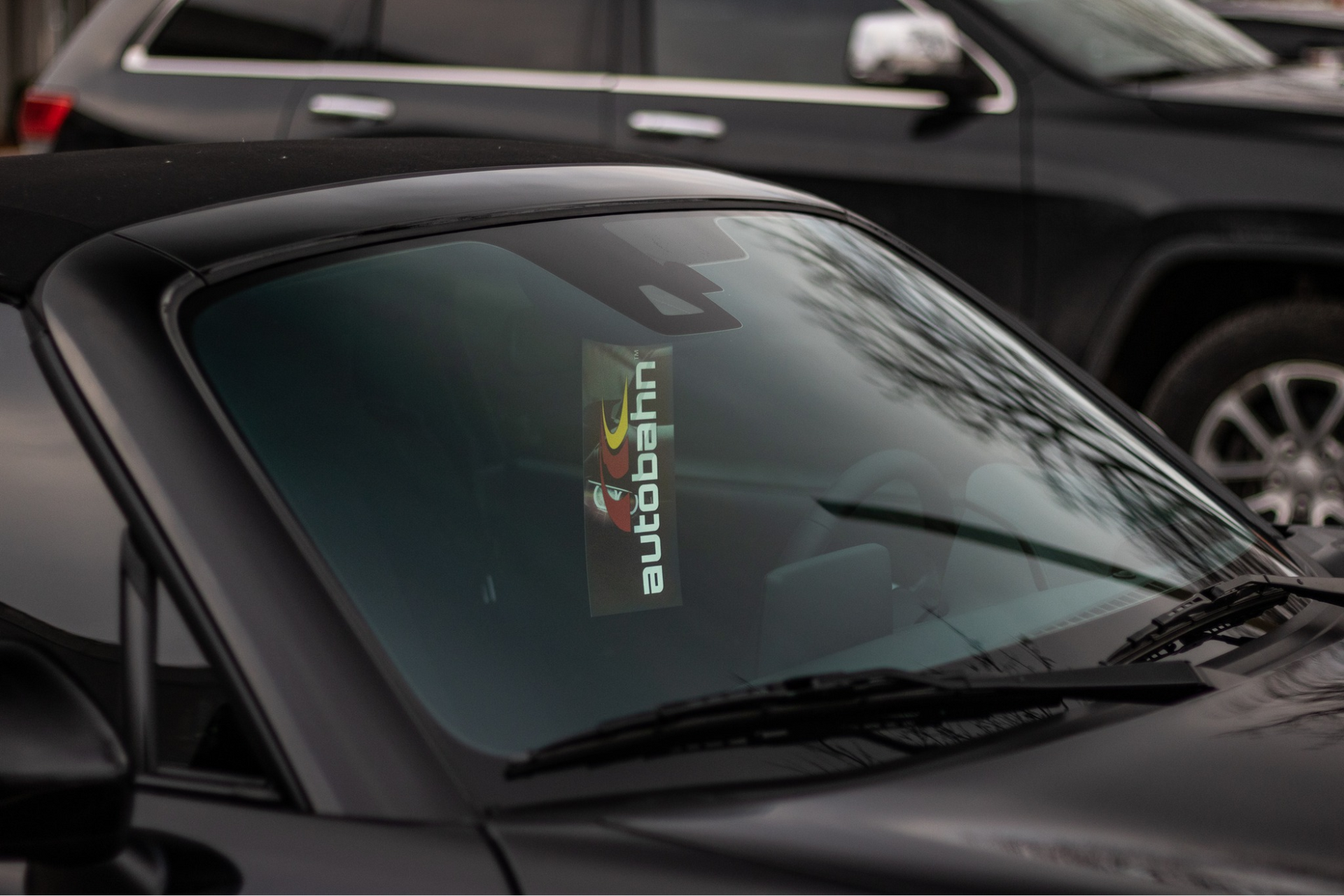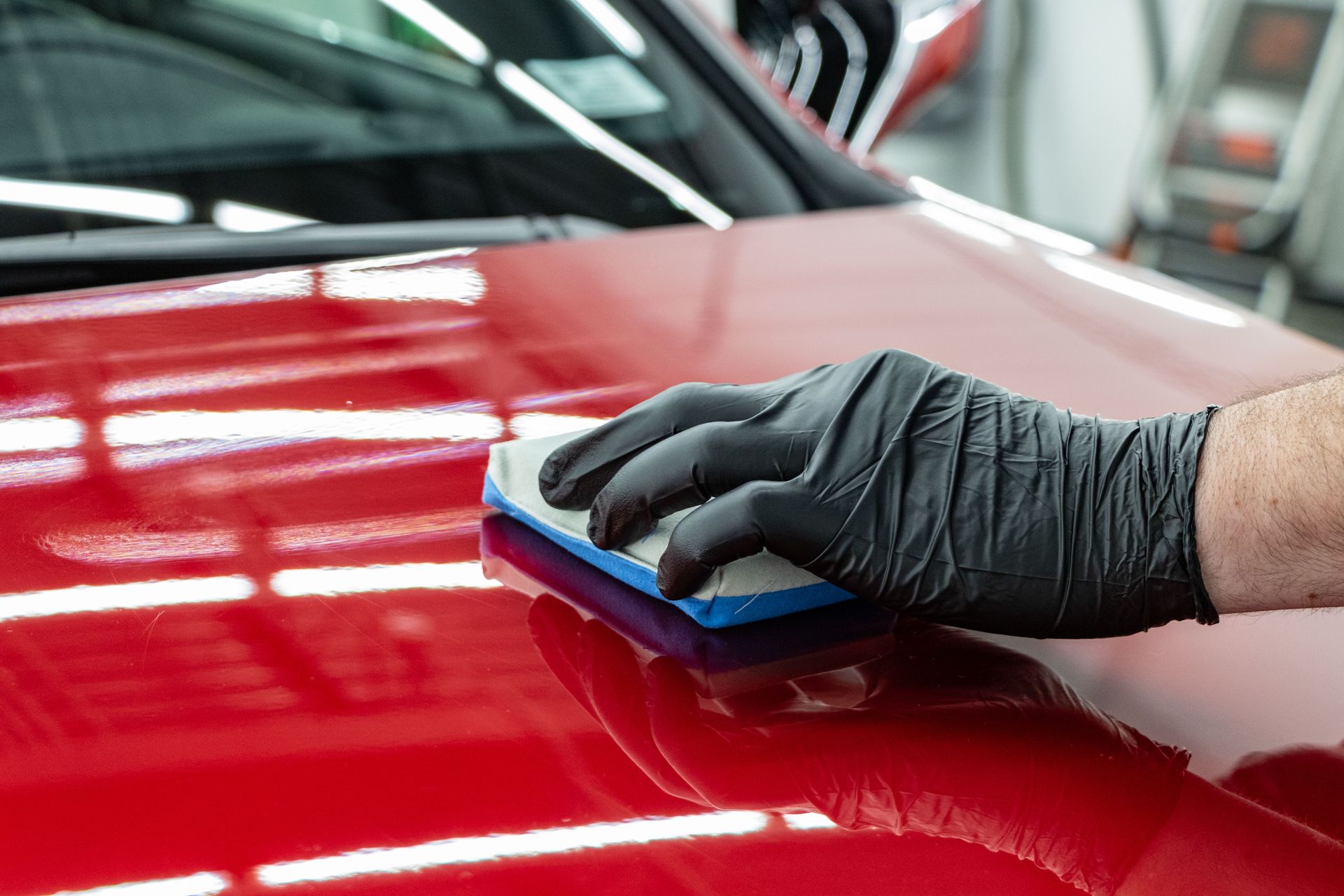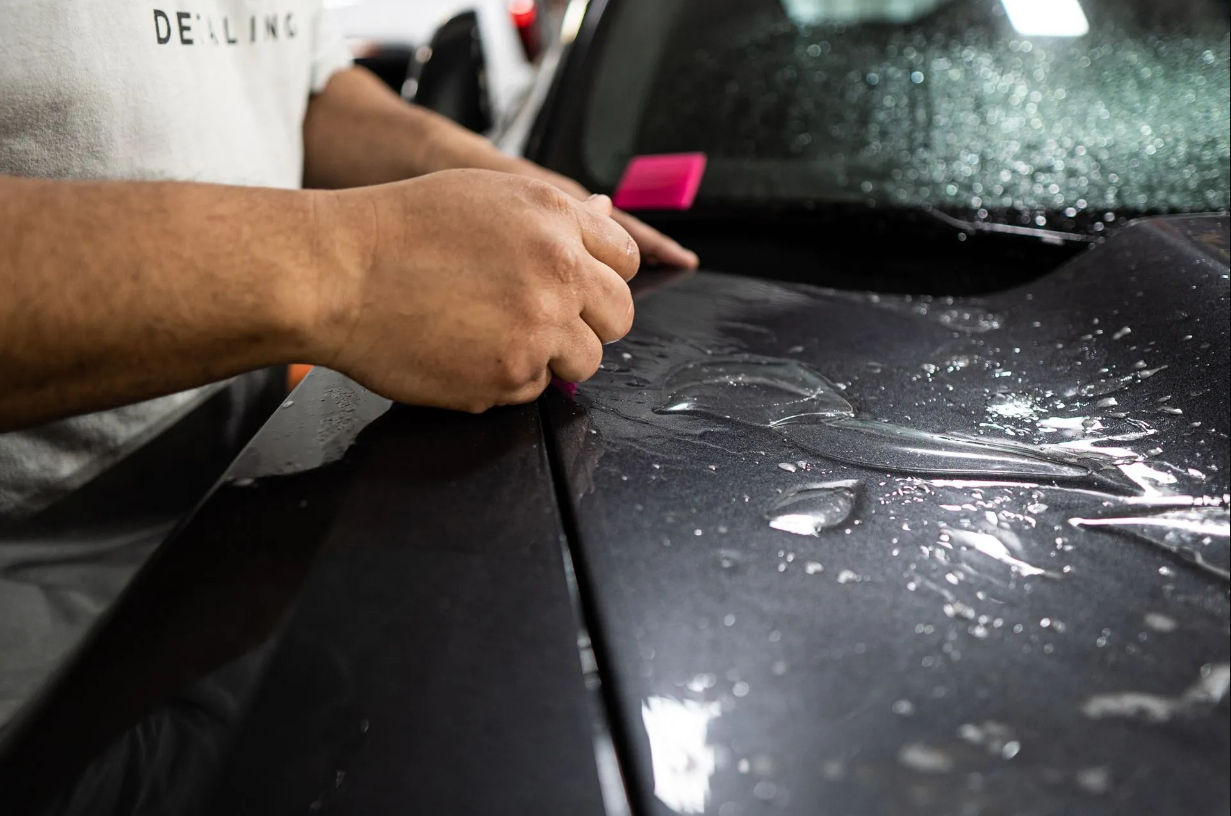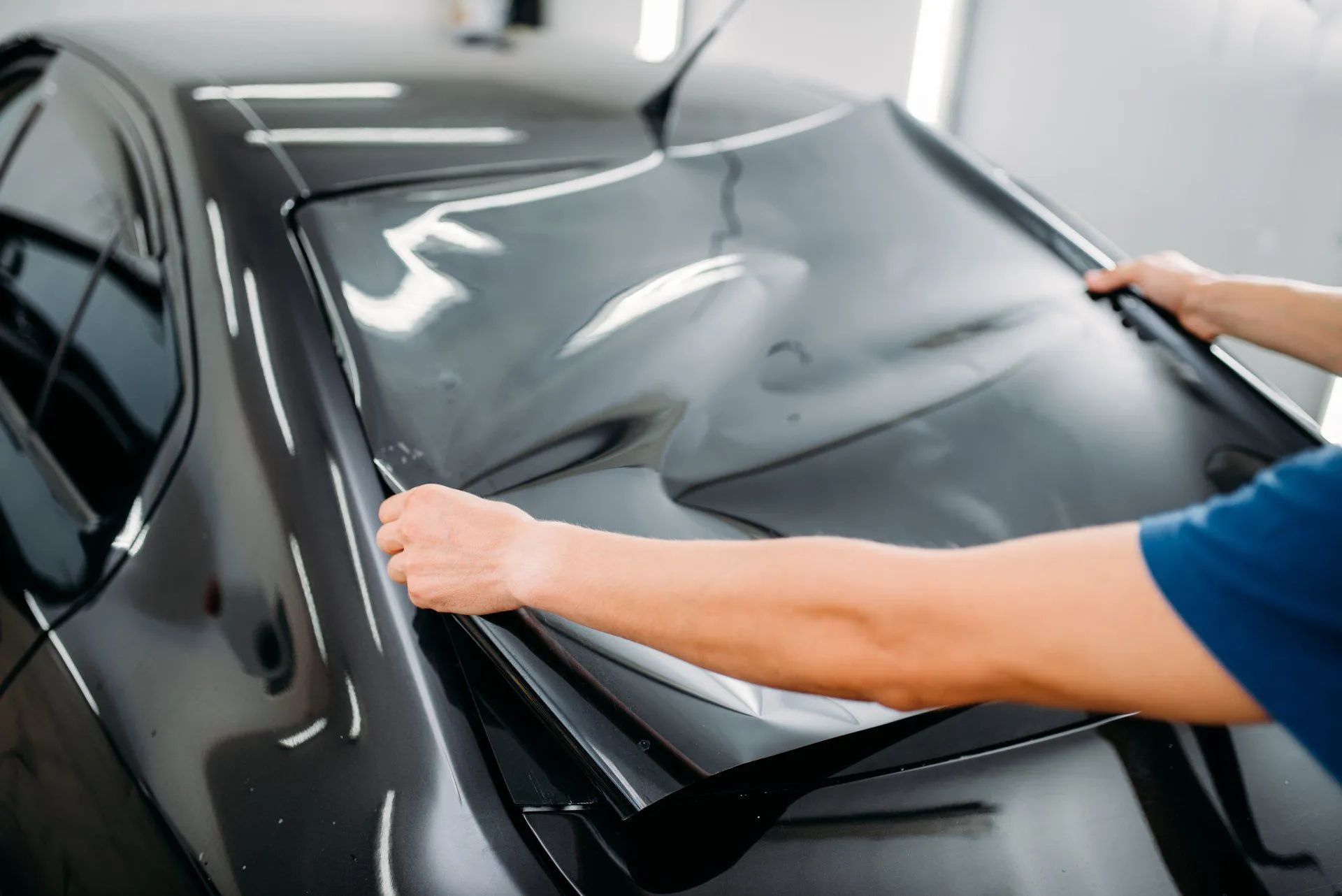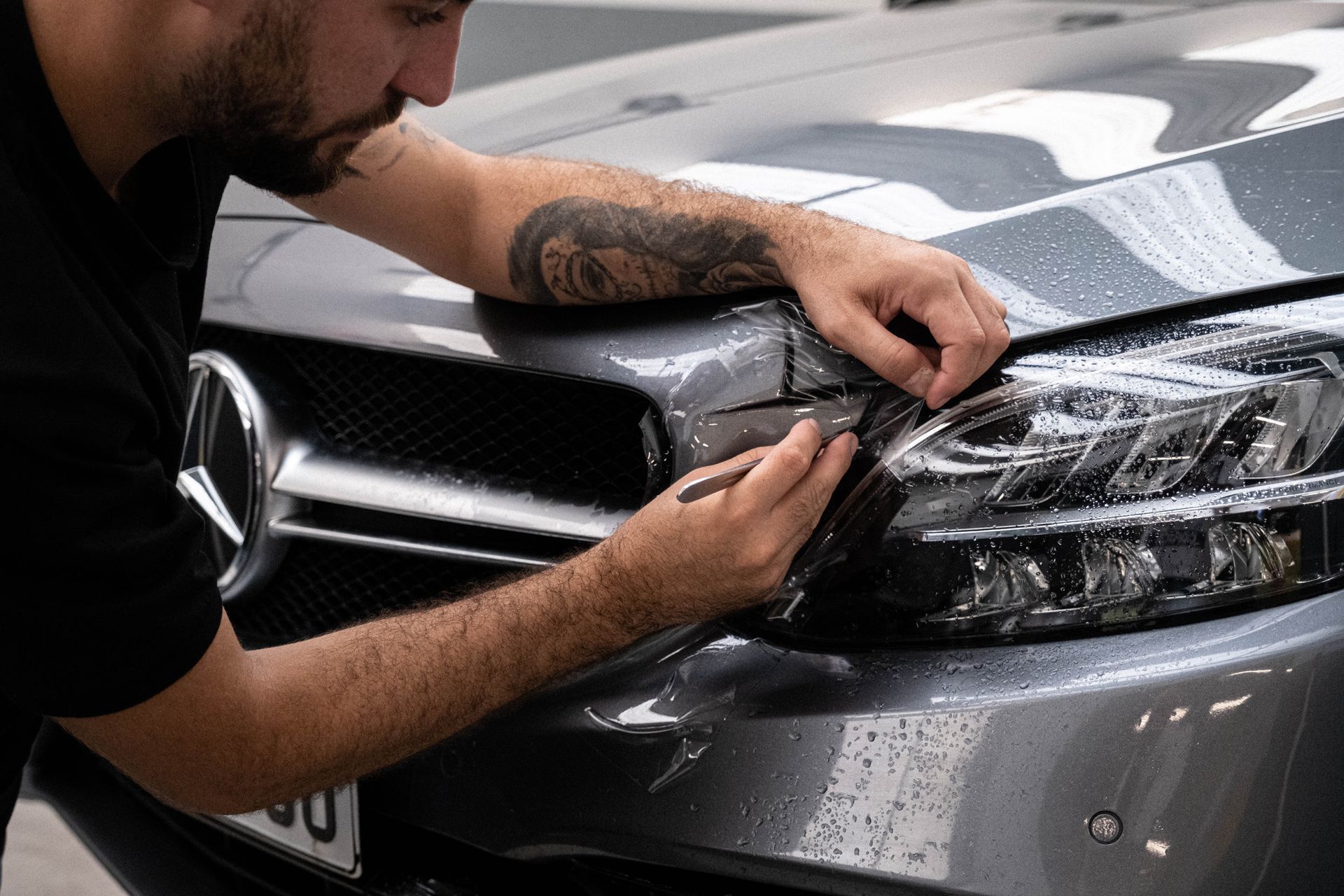Does Ceramic Coating Prevent Water Spots on Your Car?
You just had a premium ceramic coating applied to your vehicle, and the installer promised superior water repellency and easier maintenance. But after the first few weeks, you notice those familiar circular marks appearing on your paint – water spots. What happened?
The truth about ceramic coating water spots is more nuanced than most people realize. While ceramic coatings dramatically improve your vehicle's ability to shed water and resist contamination, they don't create a magical barrier that eliminates water spots entirely.
Through extensive experience with ceramic coatings, we've seen how understanding water spot formation makes all the difference in customer satisfaction.
Understanding Water Spot Formation
Water spots aren't caused by water itself – they're caused by dissolved minerals in water that get left behind when water evaporates. These minerals, primarily calcium and magnesium, create the circular deposits you see on your vehicle's surface.
Ceramic coating water spots form through the same basic process, but the coating's surface properties affect how and where the minerals deposit. The hydrophobic nature of ceramic coatings causes water to bead up and roll off more readily, reducing the time mineralized water sits on the surface.
The key factor isn't whether you have a coating – it's the mineral content of the water, environmental conditions during evaporation, and how quickly you address any remaining water.

How Ceramic Coatings Interact with Water Minerals
Ceramic coatings create a hydrophobic surface that causes water to form tight beads rather than spreading across the paint. This beading action reduces the surface area where minerals can deposit and speeds up water runoff.
However, the same beading effect can sometimes concentrate minerals in specific areas. When a water bead evaporates, all the minerals get deposited in a small, concentrated spot. This can actually make water spots more visible in some cases.
The coating's smooth surface makes mineral deposits easier to remove when they do form. Unlike bare paint, where minerals can penetrate into pores, ceramic coatings keep deposits on the surface where they can be removed with appropriate cleaning techniques.
Why Water Spots Still Form on Coated Vehicles
Even the best ceramic coatings can't eliminate water spots entirely because they can't change the fundamental chemistry of mineral-laden water. Several factors contribute to ceramic coating water spots.
Environmental Water Quality: High mineral content (hard water) increases spotting regardless of coating. The concentration of dissolved minerals directly affects how noticeable spots become.
Drying Conditions: Hot, sunny conditions accelerate water evaporation, leaving minerals behind before they can be rinsed away. Wind can also cause uneven drying that concentrates minerals.
Contaminated Water Sources: Sprinkler systems, rainwater, and car wash facilities can introduce additional minerals that create spotting.
Coating Condition: As ceramic coatings age, their hydrophobic properties can diminish slightly, especially without proper maintenance.
Proper Washing Techniques to Reduce Water Spots
The best defense against ceramic coating water spots is proper washing and drying technique. Your maintenance habits significantly impact water spot formation.
Timing Your Wash: Wash during cooler parts of the day, preferably in shade. Early morning or late afternoon provides ideal conditions where water won't evaporate as quickly.
Water Quality Considerations: If you have hard water, consider using filtered or distilled water for the final rinse. This eliminates the mineral content that causes spots.
Sectional Washing: Work in small sections and rinse frequently to prevent soap and water from sitting on the surface too long.
Immediate Drying: Don't let water air-dry on any surface. Use clean, absorbent drying towels or a blower to remove water before evaporation can concentrate minerals.
Effective Drying Methods for Coated Vehicles
Proper drying technique becomes critical with ceramic coatings because improved water beading can sometimes mask areas where water remains.
Blower Drying: Using a leaf blower or a dedicated car dryer is highly effective on coated vehicles. The coating's hydrophobic properties help water sheet off easily with minimal air pressure.
Quality Drying Towels: Invest in high-quality microfiber drying towels. Cheap towels can scratch the coating surface and don't absorb water effectively.
Two-Towel Method: Use one towel for initial water removal and a second dry towel for final buffing. This prevents spreading water around rather than removing it.
Environmental Factors That Increase Water Spotting
Understanding your local environment helps you adjust maintenance routines to minimize ceramic coating water spots.
High Mineral Water Areas: Regions with naturally hard water see more water spotting regardless of protection. Water testing can help you understand what you're working with.
Industrial Contamination: Areas near factories, airports, or heavy traffic may have additional airborne contaminants that create more stubborn spots.
Seasonal Considerations: Summer heat accelerates evaporation, while winter road salt can create different types of spotting issues.
Irrigation Overspray: Automatic sprinkler systems are a common culprit. The mineral content in irrigation water is often higher than that in household water.
Professional Maintenance for Spot Prevention
Regular professional maintenance keeps ceramic coatings performing optimally and minimizes water spot formation. Professional cleaning services can address mineral buildup that regular washing might miss.
Periodic coating maintenance can restore hydrophobic properties that naturally diminish over time. This helps maintain the coating's water-repelling characteristics that reduce spotting opportunities.

Say Goodbye to Water Spots with Professional Ceramic Coating
Ceramic coating water spots are a reality that even the best coatings can't completely eliminate. However, ceramic coatings do significantly reduce water spot formation by improving water runoff and making mineral deposits easier to remove when they occur.
The key is understanding that ceramic coatings work best when combined with proper maintenance techniques. They enhance your vehicle's ability to resist water spots, but they don't replace the need for quality washing and drying practices.
By using appropriate washing techniques, timing your maintenance activities, and understanding your local water quality, you can dramatically reduce water spotting issues on your coated vehicle. The coating provides a significant advantage, but success requires working with the coating's properties.
If you're experiencing persistent water spotting issues with your coated vehicle, contact our team at A&G Auto Spa for professional assessment and guidance.
Frequently Asked Questions
Do ceramic coatings completely eliminate water spots?
No, ceramic coatings significantly reduce water spot formation but don't eliminate them entirely. The coating's hydrophobic properties help water run off faster and make spots easier to remove, but mineral-rich water can still leave deposits.
Why do I still get water spots after getting ceramic coating?
Water spots form when dissolved minerals in water are left behind after evaporation. Ceramic coatings help prevent this by improving water runoff, but factors like hard water, hot weather, and improper drying techniques can still cause spotting.
How do I remove water spots from ceramic coating?
Most water spots on ceramic coatings can be removed with gentle cleaning using appropriate products. Avoid abrasive compounds that could damage the coating. For stubborn spots, consult with professionals.
Will water spots damage my ceramic coating?
Light water spots typically won't damage the coating itself, but heavy mineral buildup can potentially affect coating performance over time. Prompt removal helps maintain the coating's protective properties.
What's the best way to prevent water spots on ceramic-coated cars?
Use filtered water when possible, wash in shade during cooler temperatures, dry immediately after washing, and avoid letting sprinkler water or rainwater air dry on the surface. Regular maintenance and proper technique are essential.


